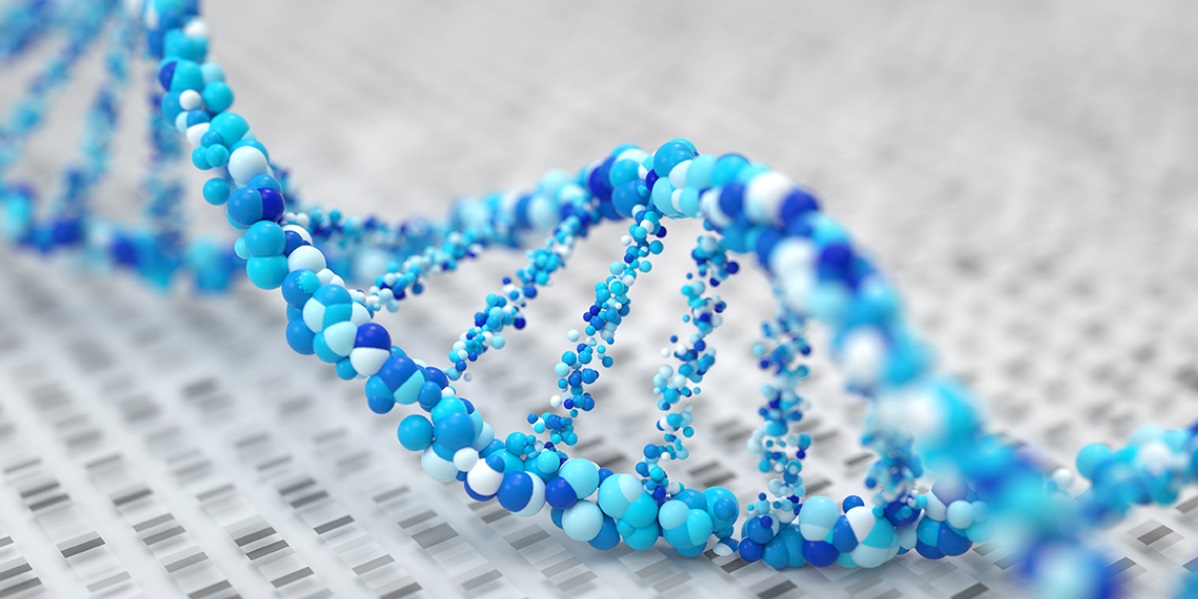You are here
Science Resources: DNA Technologies

Topic Overview
These materials introduce federal judges to several new DNA technologies and applications of genetic data in the courts. Through these resources, federal judges can better understand new genetic and DNA technologies and gain a foundation from which to evaluate the evidence and assess their courts’ need for additional scientific expertise.
Since the 1980s, DNA has been used in the courts as a forensic tool for identification. In recent years, scientists’ ability to read DNA sequences and interpret those sequences has accelerated exponentially. Collecting, reading, and analyzing DNA is now fast and inexpensive. These advances have broadened the application of DNA technologies and the use of DNA as evidence in the courts. Emerging issues for the courts include the expanded use of genetic information for identification, concerns over privacy and discrimination stemming from the disclosure of genetic data, and the use of genetic data to make predictive claims about an individual’s traits and behaviors.
Here readers will gain familiarity with some different genetic technologies and will better understand the legal questions that may arise with the use of these technologies in court. Each section provides a technical overview of scientific tools and presents some of the legal context in which these technologies have been or may be used.
These materials are divided into four sections:
- An introduction to DNA, the genome, and the use of DNA evidence in the courts
- New methods for collecting human genetic information by DNA sequencing and genotyping
- How different domains of use (e.g., research, health care, commercial, forensic) collect and store genetic information
- Algorithms and methods that interpret or clarify genetic data
Key takeaways include the following:
- New DNA genotyping and sequencing technologies provide a greater level of information than traditional forensic DNA methods.
- Genetic data are passed across different domains of use, each of which protect the data and individuals’ privacy with different mechanisms and to varying degrees.
- Algorithms that interpret genetic data need to be validated for their intended use scenario.
- The field of genetics is developing rapidly, and our understanding of the links between genetic variants and traits changes with new information.
- Genes are not deterministic; traits are also affected by environmental and behavioral factors.
